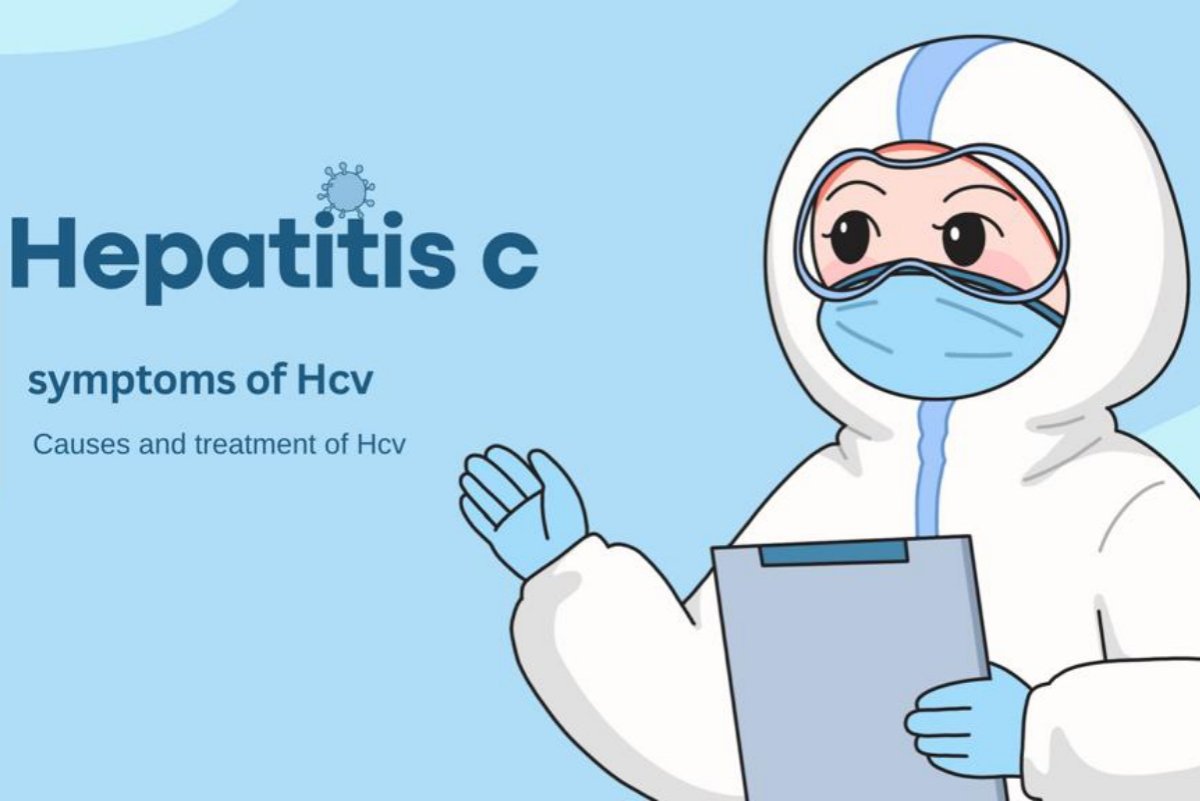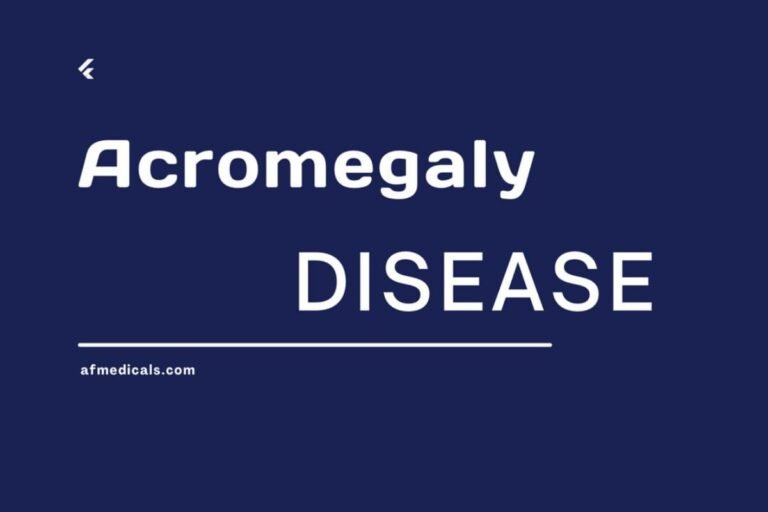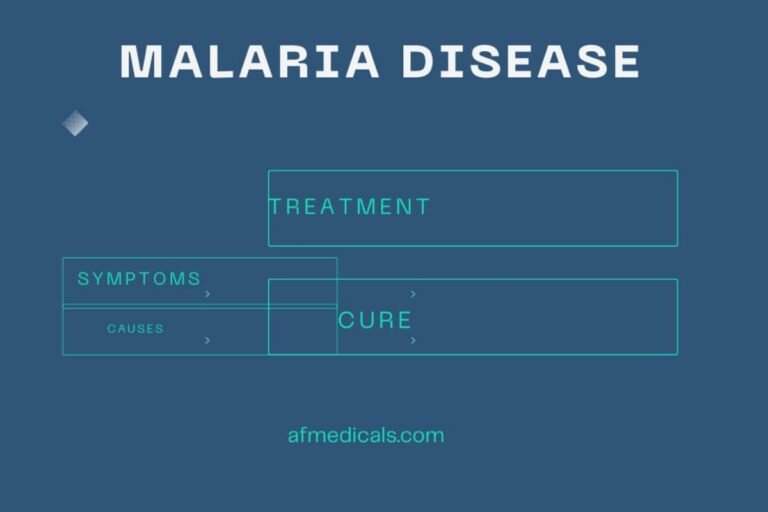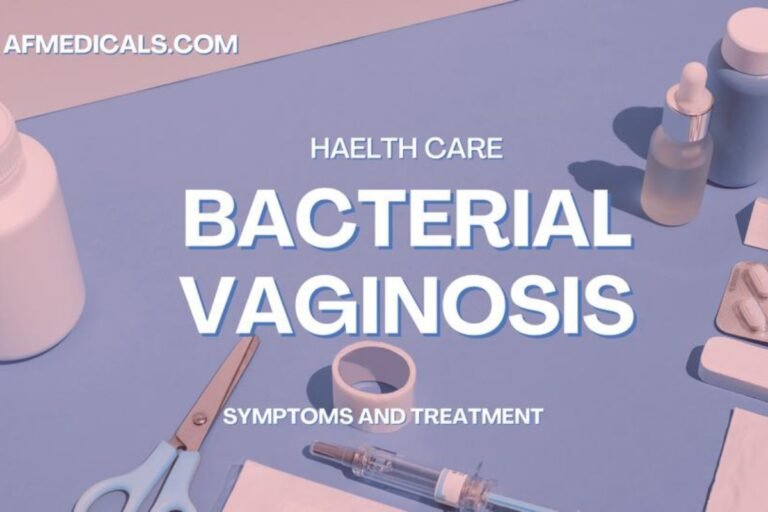Mastering Hepatitis C: The Ultimate Comprehensive Guide:
Mastering Hepatitis C: The Ultimate Comprehensive Guide:
Hepatitis C may be a liver contamination caused by the hepatitis C infection (HCV). It frequently goes undiscovered due to its at first mellow side effects, but if left untreated,
It can lead to extreme liver harm, cirrhosis, liver cancer, and even death. This comprehensive guide aims to cover all perspectives of hepatitis C, from its transmission and side effects to conclusion, treatment, and anticipation methodologies.
1.Introduction:
Hepatitis C may be a noteworthy open well being issue around the world, influencing millions of individuals. It is basically spread through contact with blood from a contaminated individual, which can happen through shared needles, unsterile therapeutic hardware, and, less commonly, through sexual contact. Understanding hepatitis C is vital for avoiding its spread and overseeing the disease viably.
2.Transmission:
The hepatitis C infection is fundamentally blood-borne, meaning it is most commonly transmitted through coordinated contact with the blood of a contaminated individual. Key transmission courses incorporate:
- Sharing needles or other gear to infuse drugs
- Using unsterilized restorative or dental gear
- Receiving sullied blood transfusions or organ transplants
- Being born to a mother
- Sharing individual things, such as razors or toothbrushes, that will have come into contact with tainted blood
- Unprotected sexual contact with a contaminated individual, in spite of the fact that it is typically less common
3.Symptoms:
Most individuals with hepatitis C don’t exhibit side effects within the early stages of the contamination, which is why it is regularly called the “quiet plague.” When indications do happen, they may incorporate:
- Fatigue
- Fever
- Dark pee
- Clay-colored stool
- Abdominal torment
- Loss of craving
- Nausea
- Jaundice (yellowing of the skin and eyes)
Since these side effects can be dubious and effortlessly mixed up with other conditions, numerous individuals with stay undiscovered until liver harm becomes clear.
4.Diagnosing hepatitis C involves several steps:
- Risk Assessment: Healthcare suppliers will begin by evaluating your chance components for hepatitis C, such as past medication use or being born to a tainted mother.
- Blood Tests: In case you’re at a hazard, blood tests can distinguish the nearness of HCV antibodies, which demonstrate a past or current contamination. A positive counteracting agent test is ordinarily followed by a nucleic corrosive test (NAT) to affirm the nearness of the infection and its hereditary fabric.
- Liver Function Tests: These tests survey the wellbeing of your liver by measuring levels of liver chemicals in your blood. Irregular comes about may recommend liver harm.
5.Treatment:
Treatment for hepatitis C has progressed altogether over a long time. The standard treatment presently includes direct-acting antivirals (DAAs), which can remedy the disease in most individuals within 8 to 12 weeks. These solutions work by focusing on particular steps within the HCV life cycle, preventing the infection from increasing and causing liver harm. Treatment plans are personalized based on the individual’s genotype of HCV, the degree of liver harm, and any past medications.
6.Prevention:
Avoiding hepatitis C includes diminishing the chance of exposure to the infection. Key avoidance methodologies incorporate:
- Avoiding sharing needles or other infusing hardware
- Ensuring restorative and dental gear is sterilized
- Choosing secure sex hormones and counting the use of condoms
- Not sharing individual things that will have come into contact with blood
Shockingly, there’s right now no immunization for hepatitis C, which makes avoidance endeavors all the more basic.
7.Living with Hepatitis C:
Being diagnosed with hepatitis C can be challenging, but with compelling treatment, most individuals can lead solid lives. It’s vital to take care of your treatment closely and follow all therapeutic arrangements. Also, making lifestyle changes, such as dodging liquor, eating a sound diet, and getting a customary workout, can offer assistance in overseeing the condition and avoiding advanced liver harm.
8.The Global Impact:
It could be a worldwide well being concern, with an estimated 71 million individuals living with inveterate contamination around the world. The burden of the illness changes by locale, with the most elevated predominance in parts of Asia and Africa. Endeavors to combat universally incorporate expanding access to symptomatic testing and treatment, executing blood security and contamination control measures, and raising mindfulness around the infection and its transmission.
9.Conclusion:
Hepatitis c could be a genuine liver disease that, on the off chance that it is left untreated, can lead to critical well being complications. In any case, with proper treatment, most individuals with hepatitis C can achieve a remedy. Anticipation, early conclusion, and compelling treatment are key to overseeing hepatitis c and lessening its affect on people and communities around the world. By understanding and taking proactive steps to anticipate contamination, we will work towards killing this infection as an open health danger.





